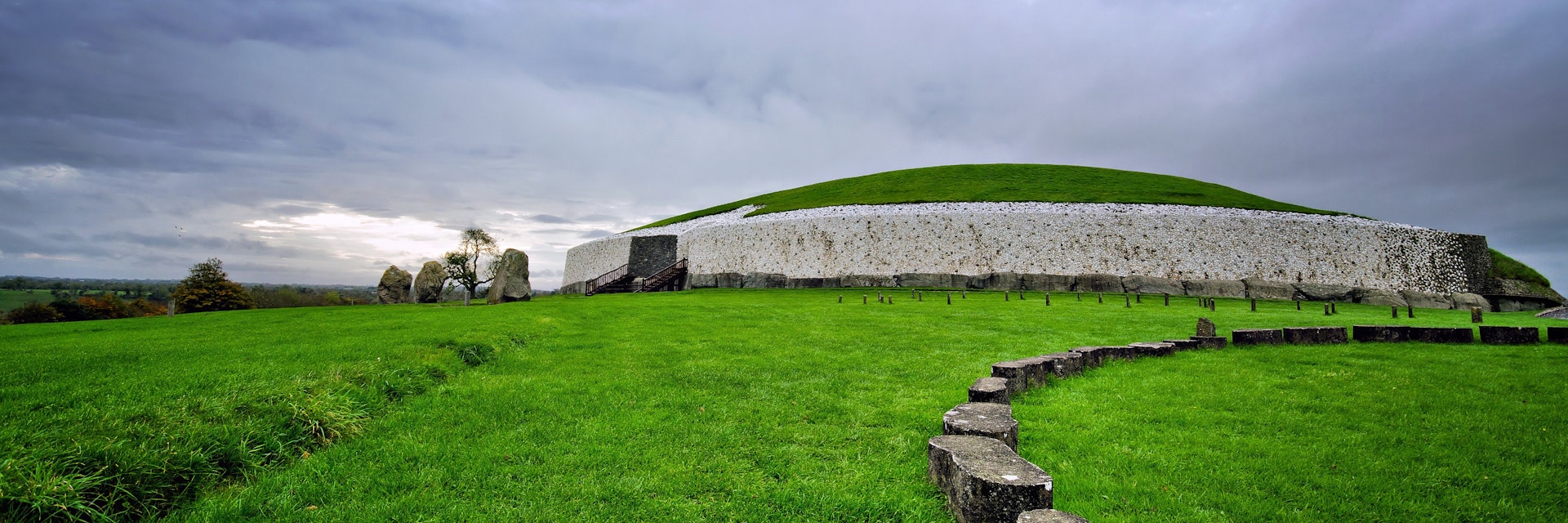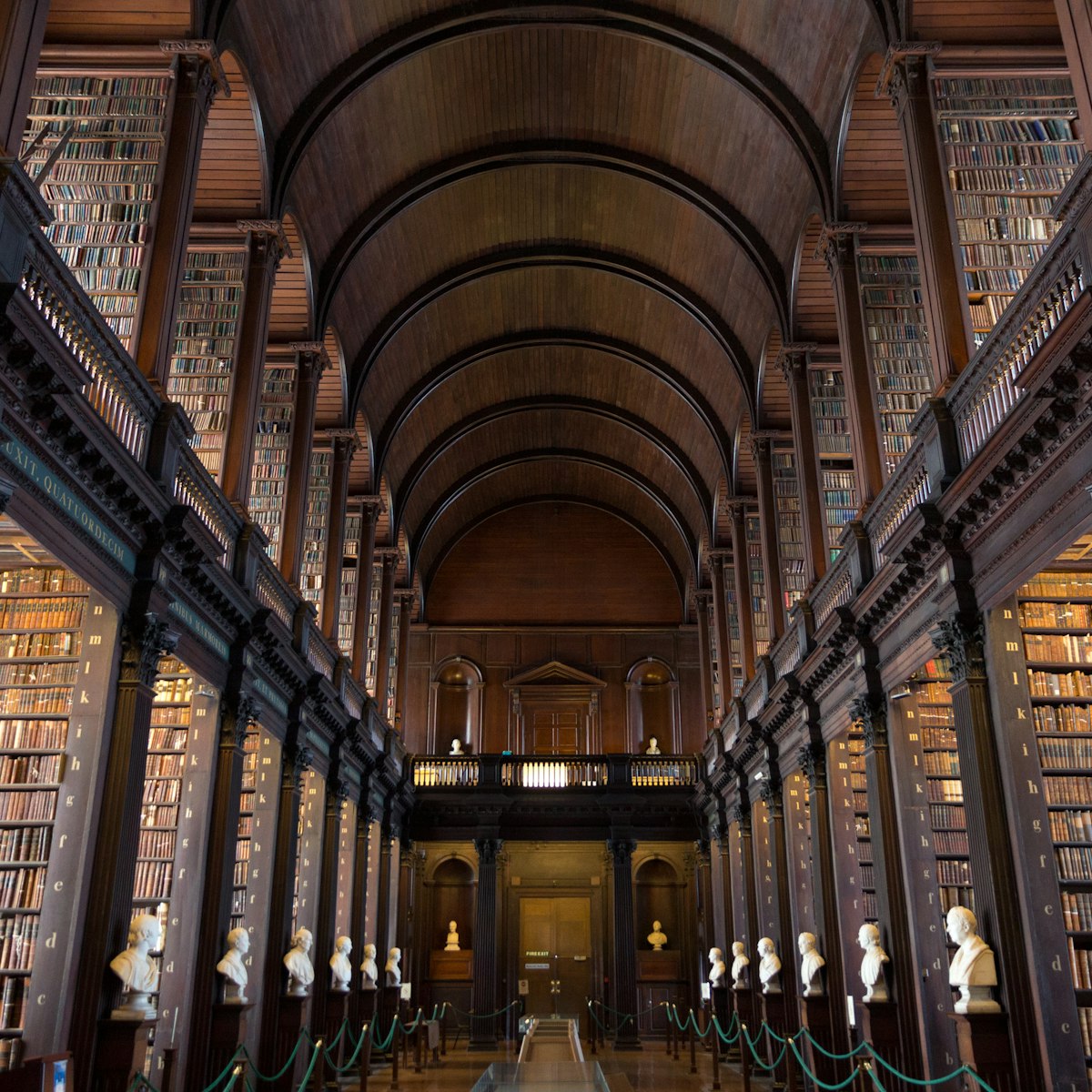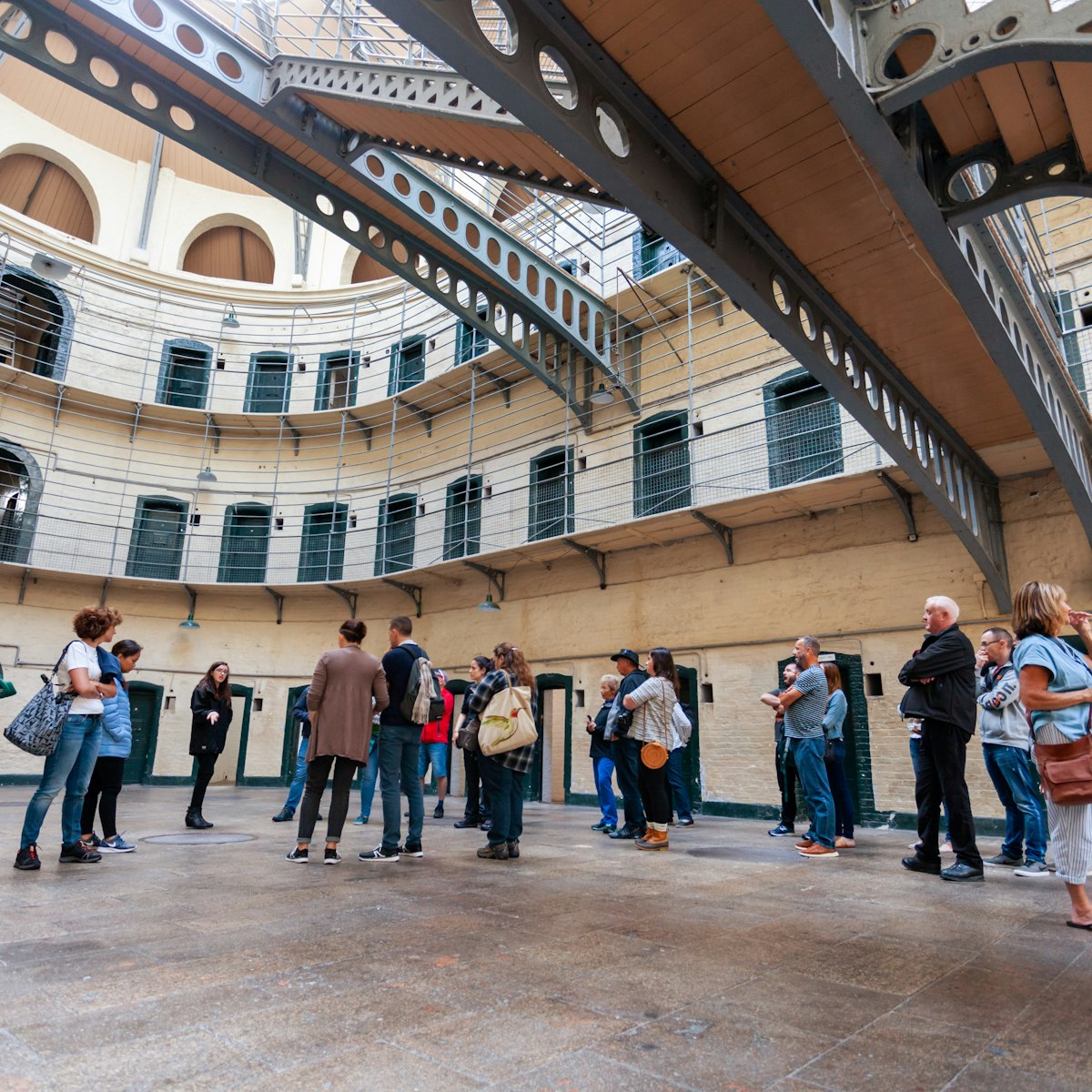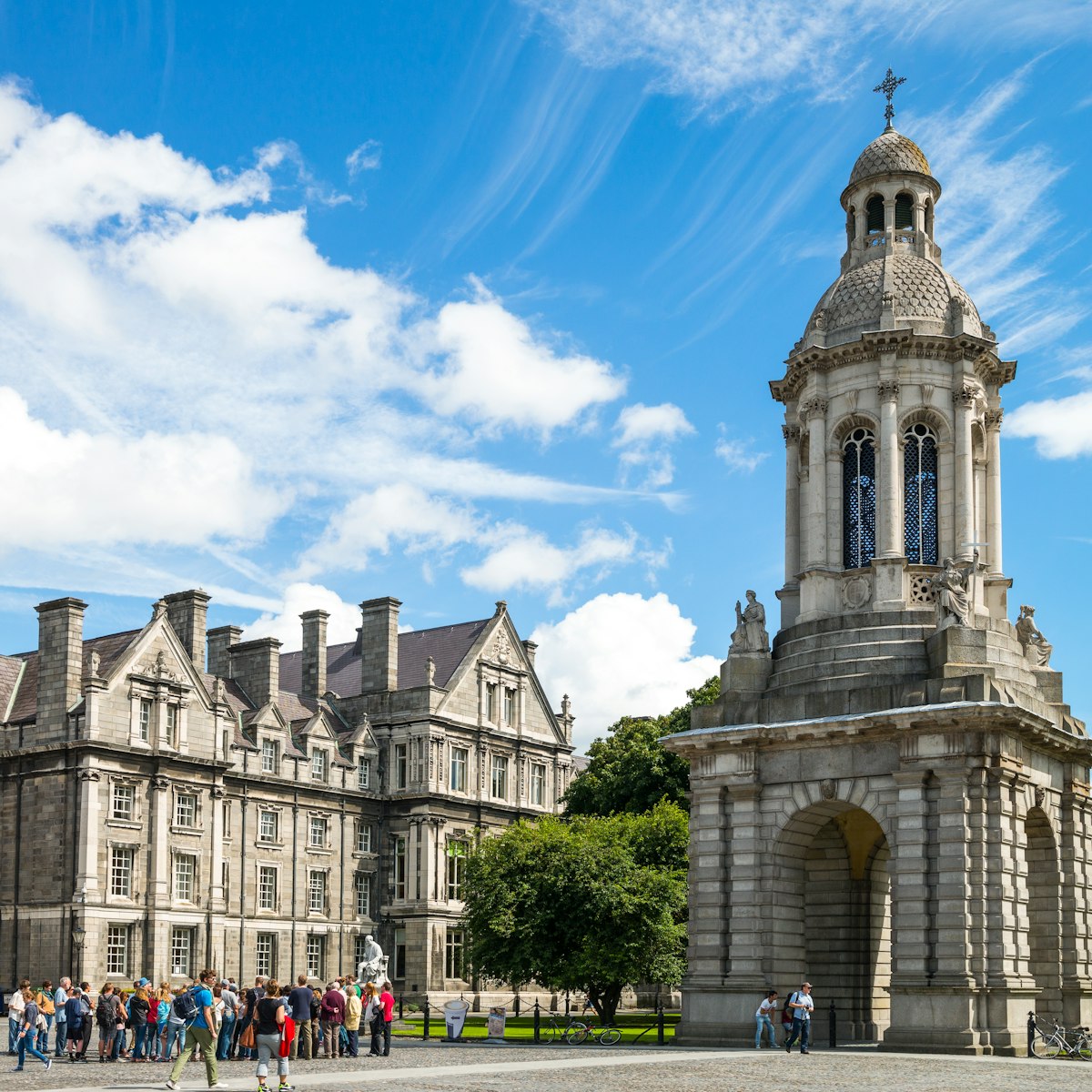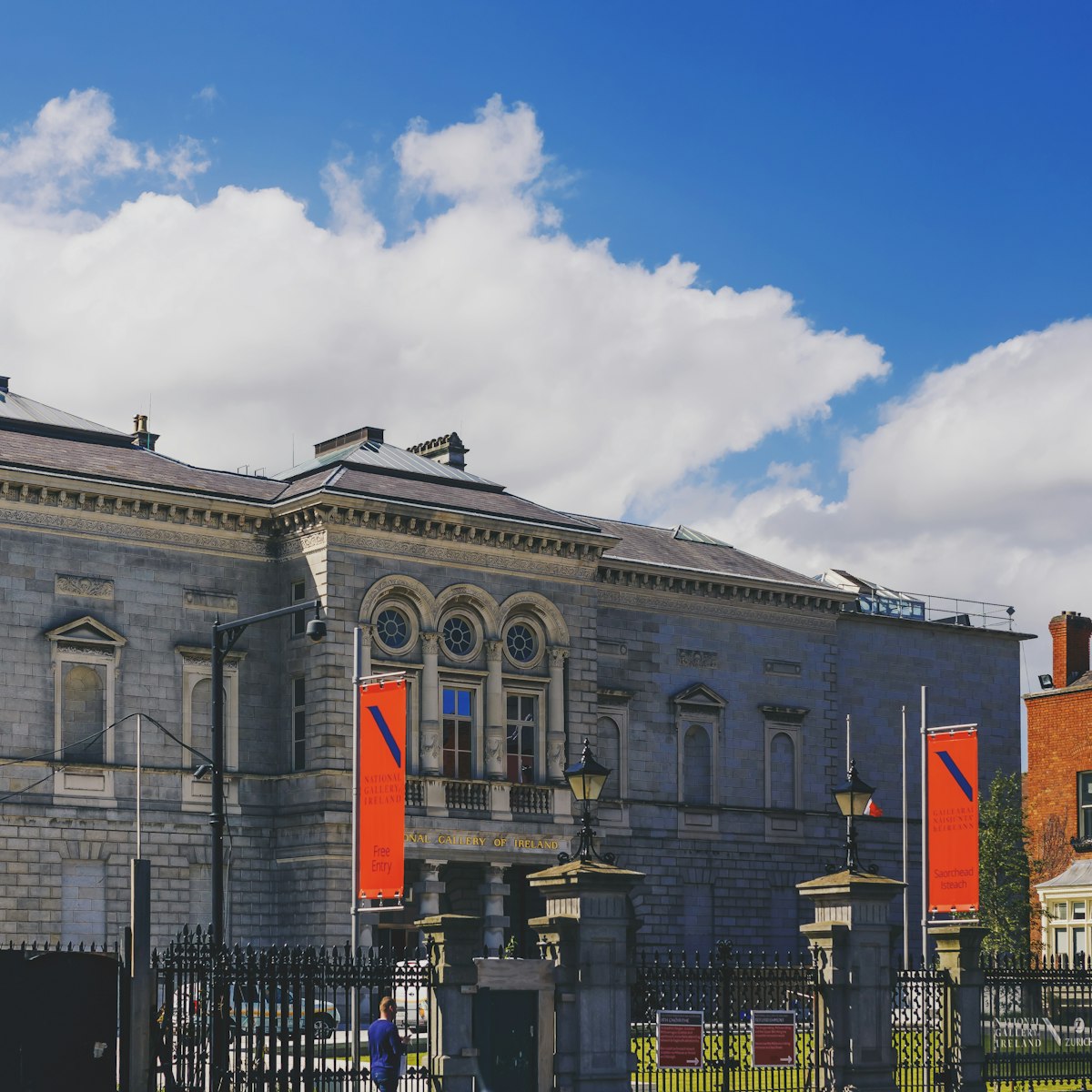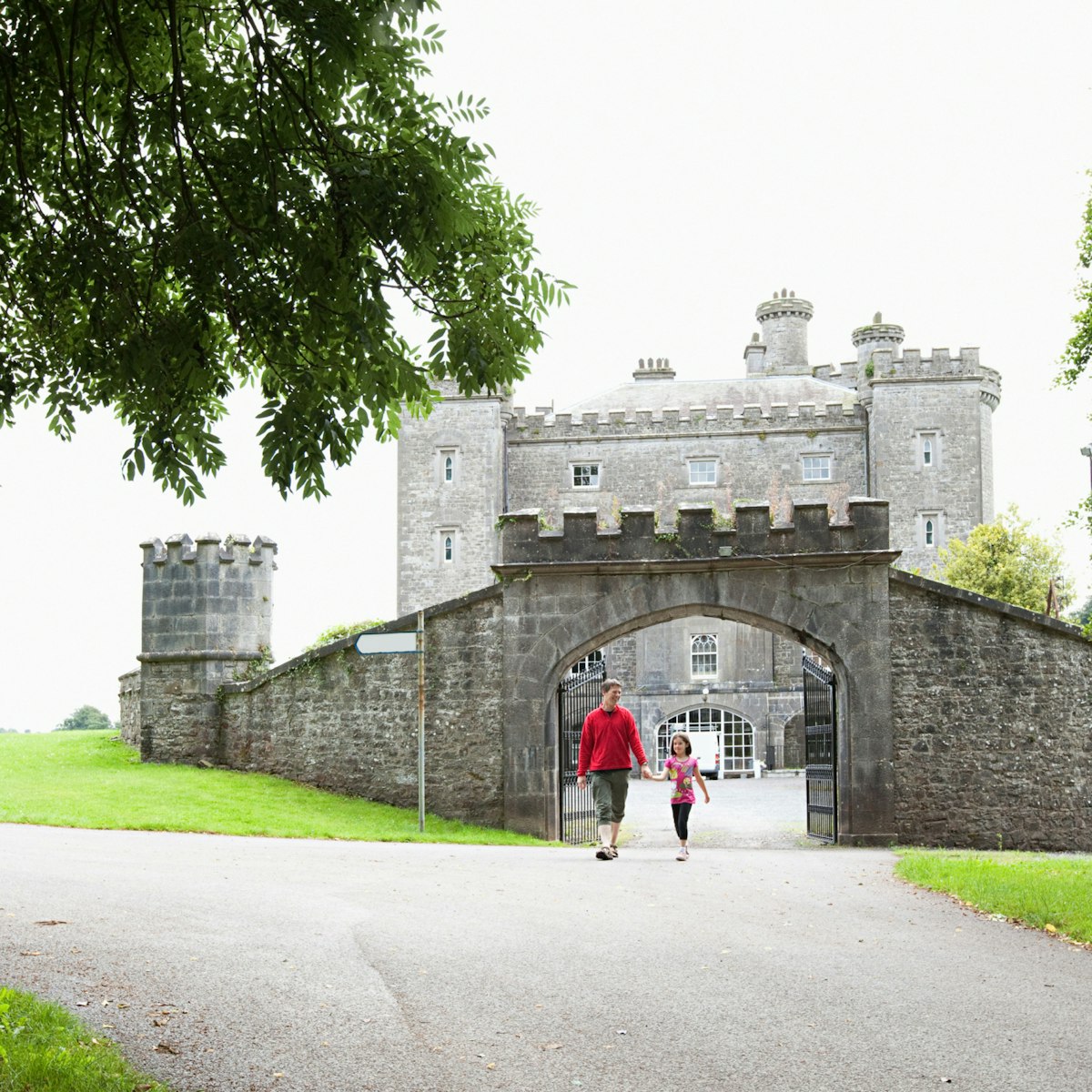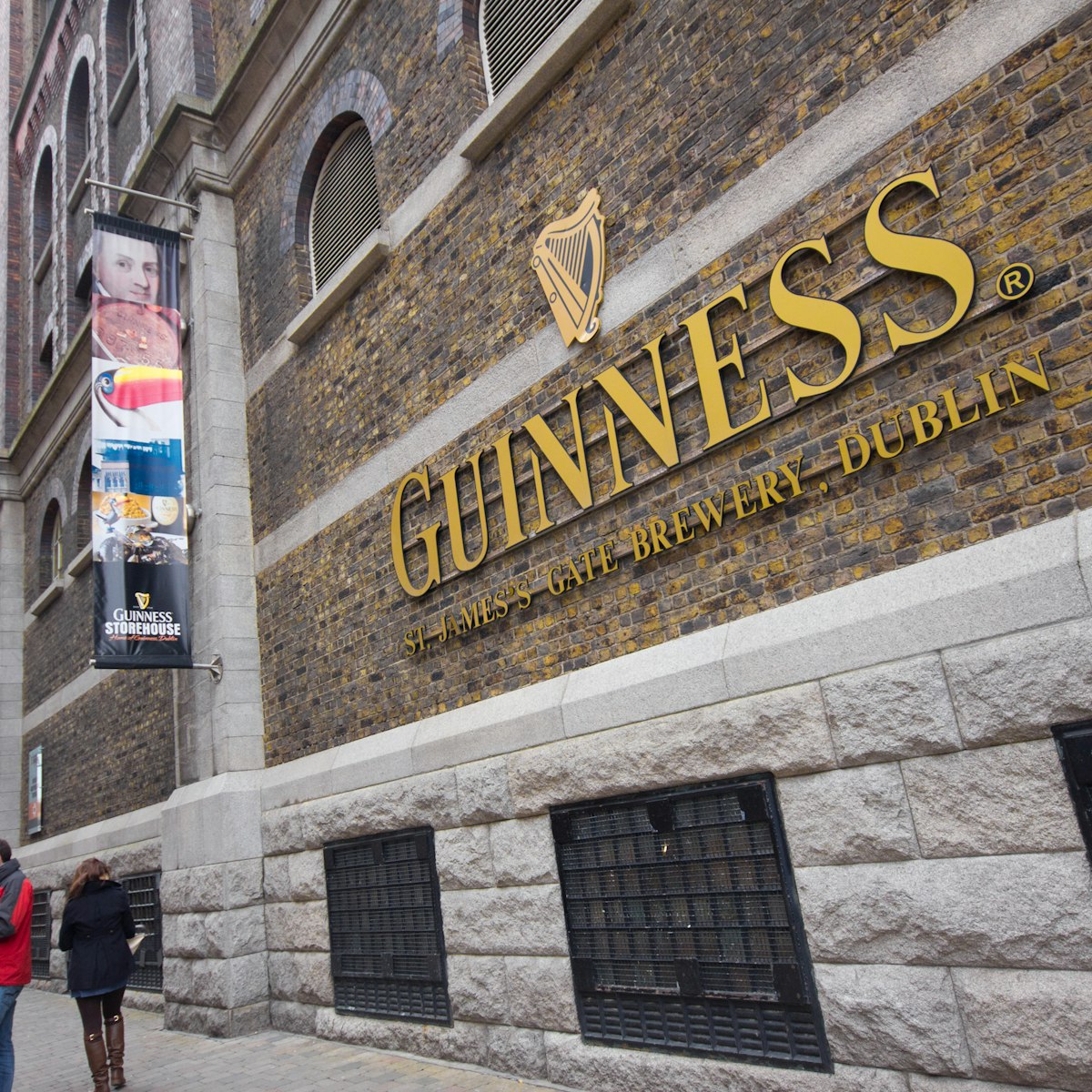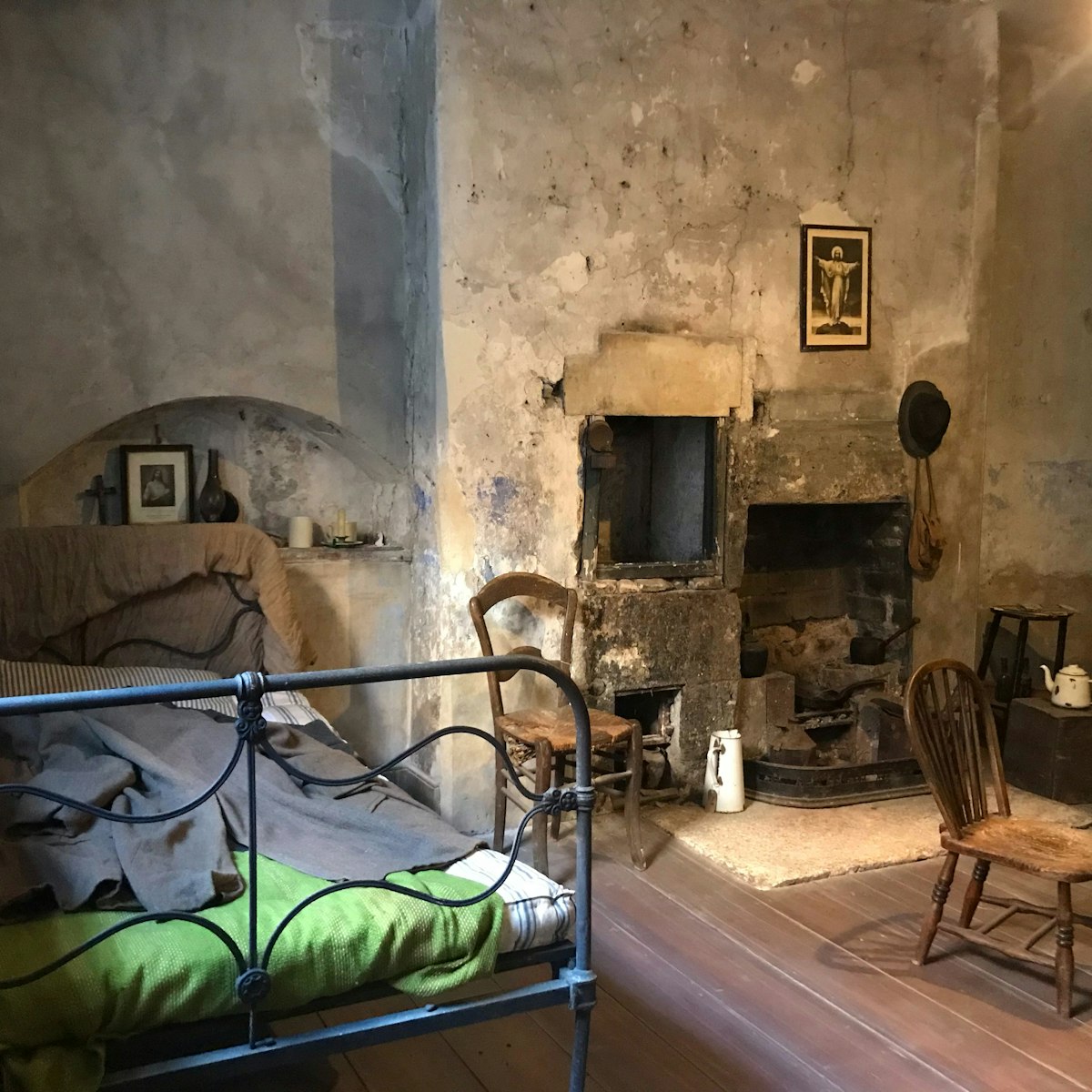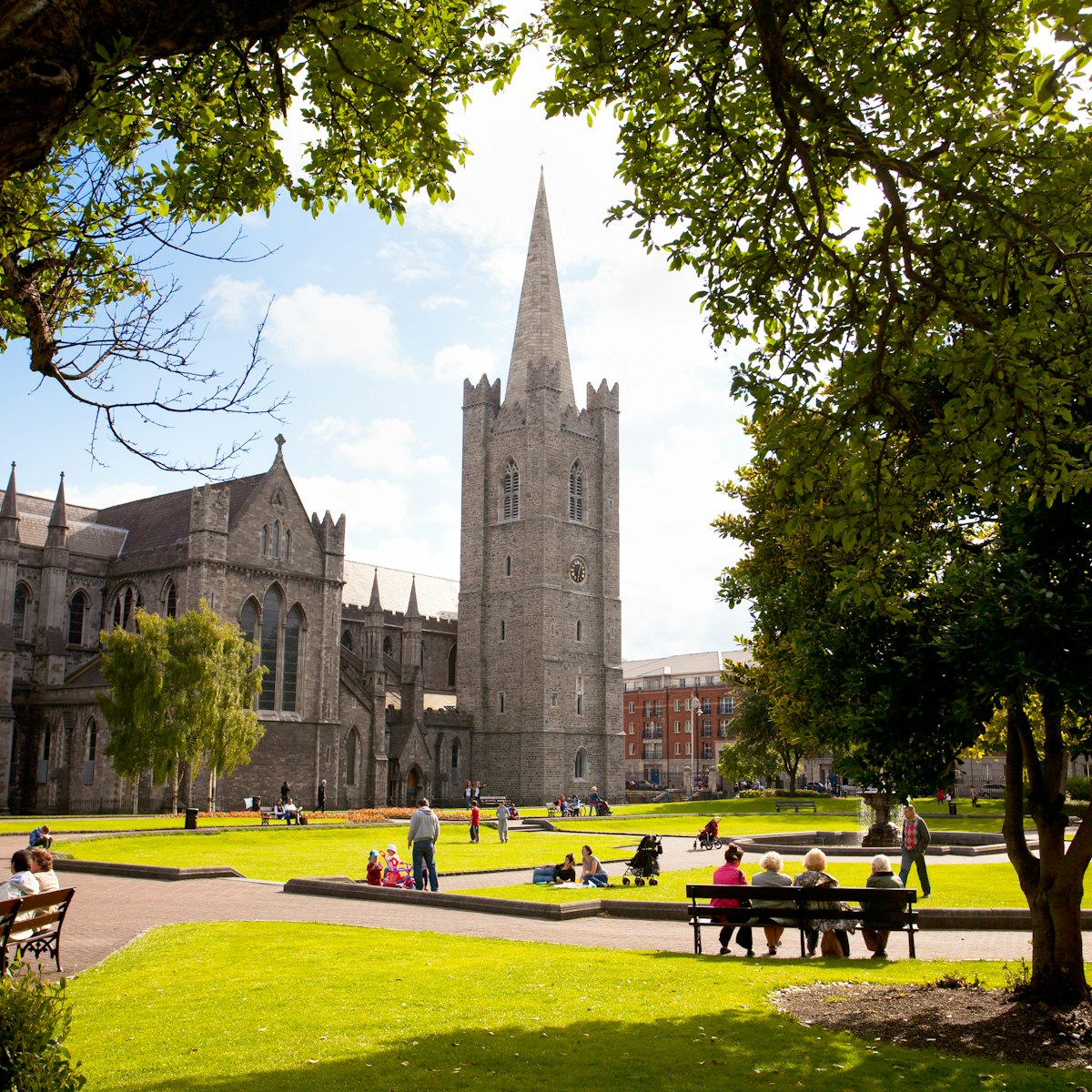Why you should go
Newgrange is one of the most remarkable prehistoric sites in Europe, famous for the illumination of its passage and tomb during the winter solstice sun. Newgrange, together with Dowth and Knowth, are the three main Megalithic passage tombs that make the Brú na Bóinne Unesco World Heritage site. The site is so ancient (constructed about 5200 years ago) that it predates Egypt's pyramids by some six centuries.
Winter Solstice
It’s magical to see it at any time of year but winter solstice (weather permitting) is incredibly special — a bucket-list event if you’re lucky enough to nab a ticket. At around 8.20am on the winter solstice (between December 18 and 23), the rising sun's rays shine through the roof-box above the entrance, creep slowly down the long passage and illuminate the tomb chamber for 17 minutes. There is little doubt that this is one of the country's most memorable, even mystical, experiences. No matter when you visit, there's a simulated winter sunrise for every group taken into the mound.
History: facts and legends
Newgrange dates from around 3200 BC, making it older than Stonehenge and the Great Pyramids of Giza. No one is quite sure of Newgrange’s original purpose — it has been the subject of much archaeological debate over the years. The most common theories are that it was a burial place for kings or a center for ritual. The tomb's precise alignment with the sun at the time of the winter solstice suggests it was also designed to act as a calendar.
After being sealed for several millennia, Newgrange was eventually rediscovered in 1699 when a local landowner began quarrying the mound for stones. Over time, Newgrange, like Dowth and Knowth, deteriorated and at one stage was even used as a quarry. Archaeological excavations didn't begin until the 1960s. The site was extensively restored in 1962 and again in 1975.
Newgrange's name derives from 'New Granary' (the tomb did in fact serve as a repository for wheat and grain at one stage), although a more popular belief is that it comes from the Irish for 'Cave of Gráinne', a reference to a popular Celtic myth. The Pursuit of Diarmuid and Gráinne tells of the illicit love between the woman betrothed to Fionn MacCumhaill (or Finn McCool), leader of the Fianna, and Diarmuid, one of his most trusted lieutenants. When Diarmuid was fatally wounded, his body was brought to Newgrange by the god Aengus in a vain attempt to save him, and the despairing Gráinne followed him into the cave, where she remained long after he died. This suspiciously Arthurian tale (substitute Lancelot and Guinevere for Diarmuid and Gráinne) is undoubtedly a myth, but it's still a pretty good story. Newgrange also plays another role in Celtic mythology as the site where the hero Cúchulainn was conceived.
Inside Newgrange
A startling 80m in diameter and 13m high, Newgrange's white round stone walls, topped by a grass dome, look eerily futuristic, despite its ancient origins. Underneath the dome lies the Stone Age passage tomb. A superbly carved kerbstone with double and triple spirals guards the tomb's main entrance, but the area has been reconstructed so that visitors don't have to clamber in over it. Above the entrance is a slit, or roof-box, which lets light in. Another beautifully decorated kerbstone stands at the exact opposite side of the mound. Some experts say that a ring of standing stones encircled the mound, forming a great circle about 100m in diameter, but only 12 of these stones remain, with traces of others below ground level.
Holding the whole structure together are the 97 boulders of the kerb ring, designed to stop the mound from collapsing outwards. Eleven of these are decorated with motifs similar to those on the main entrance stone, although only three have extensive carvings. The white quartzite that encases the tomb was originally obtained from Wicklow, 70km south – in an age before horse and wheel, it was transported by sea and then up the River Boyne. More than 200,000 tonnes of earth and stone also went into the mound.
You can walk down the narrow 19m passage, lined with 43 stone uprights (some of them engraved), which leads into the tomb chamber about one third of the way into the colossal mound. The chamber has three recesses, and in these are large basin stones that held cremated human bones. As well as the remains, the basins would have held funeral offerings of beads and pendants, but these were stolen long before the archaeologists arrived. Above, the massive stones support a 6m-high corbel-vaulted roof. A complex drainage system means that not a drop of water has penetrated the interior in 40 centuries.
Tickets and other practicalities
Brú na Bóinne Unesco World Heritage site in County Meath is roughly a 45-minute drive from Dublin. Access to Newgrange is granted by guided tour from the Brú na Bóinne Visitor Centre where a shuttle bus will take you to the tombs. Allow plenty of time: an hour for the visitor center alone and two hours for Newgrange. Tickets are sold on a first-come, first-served basis (no advance booking). Arrive early in the morning or visit midweek and be prepared to wait, especially in summer. Alternatively, visiting as part of an organised tour, such as Mary Gibbons Tours (€45 per adult - departs from Dublin), guarantees a spot.
Tickets for the Brú na Bóinne and Newgrange Chamber tour cost €18 per adult, €12 for children between the ages 12 and 17, and €16 for seniors. Family tickets (two adults and two children) cost €48. Children under 12 go free.
To be in with a chance of witnessing the Solstice Sunrise event on one of six mornings around the winter solstice, enter the free lottery that's drawn in late September; 50 names are drawn and each winner is allowed to take one guest (be aware, however, that over 30,000 people apply each year). Fill out the form at the Brú na Bóinne Visitor Centre or email brunaboinne@opw.ie
Where to stay near Newgrange
Some of the best accommodation options near Newgrange are in the town of Slane, with a small choice that runs from budget to luxury.
